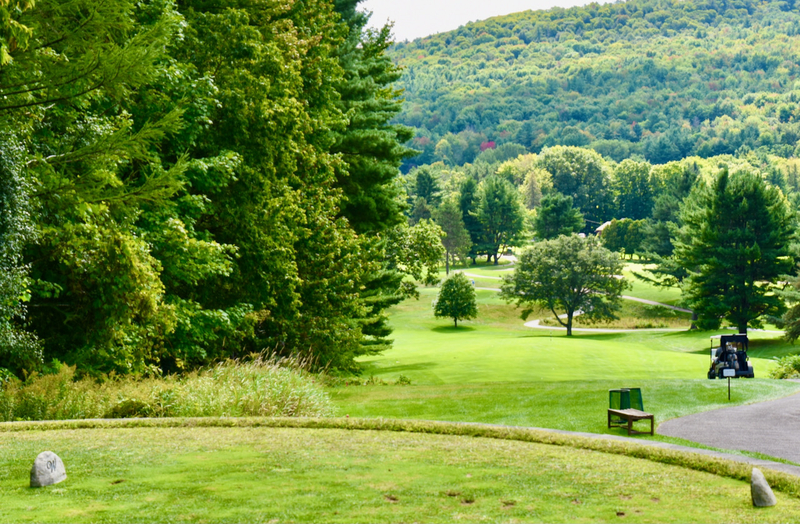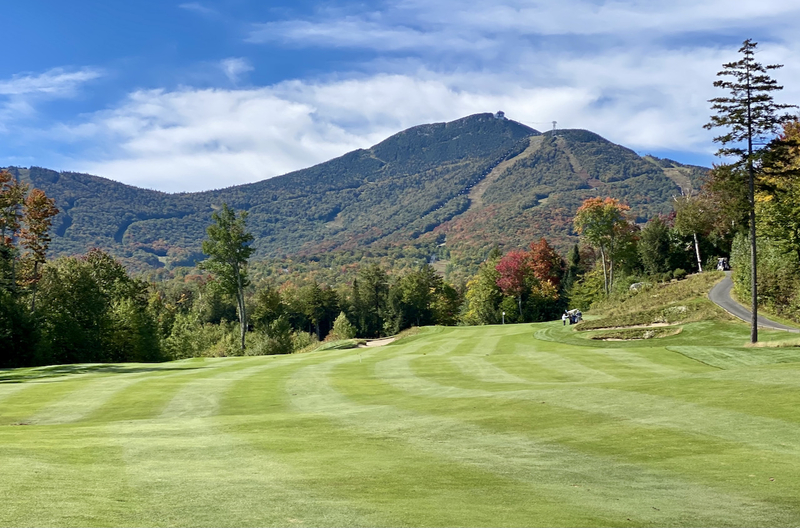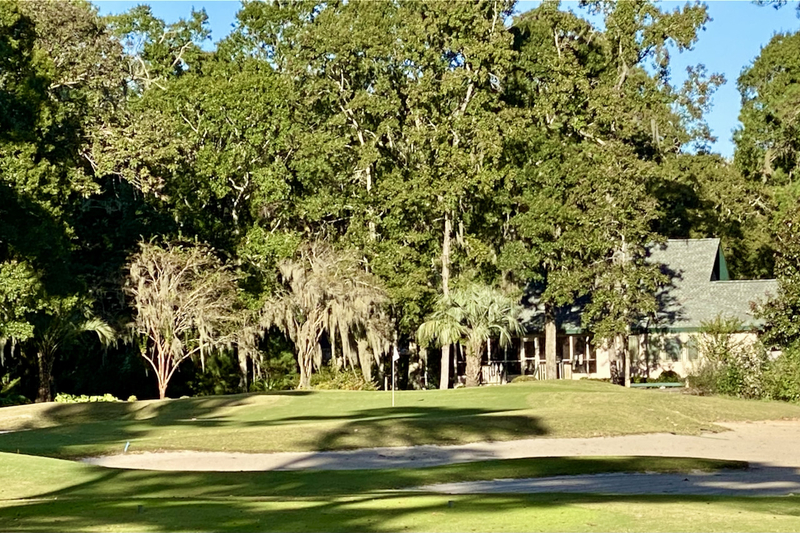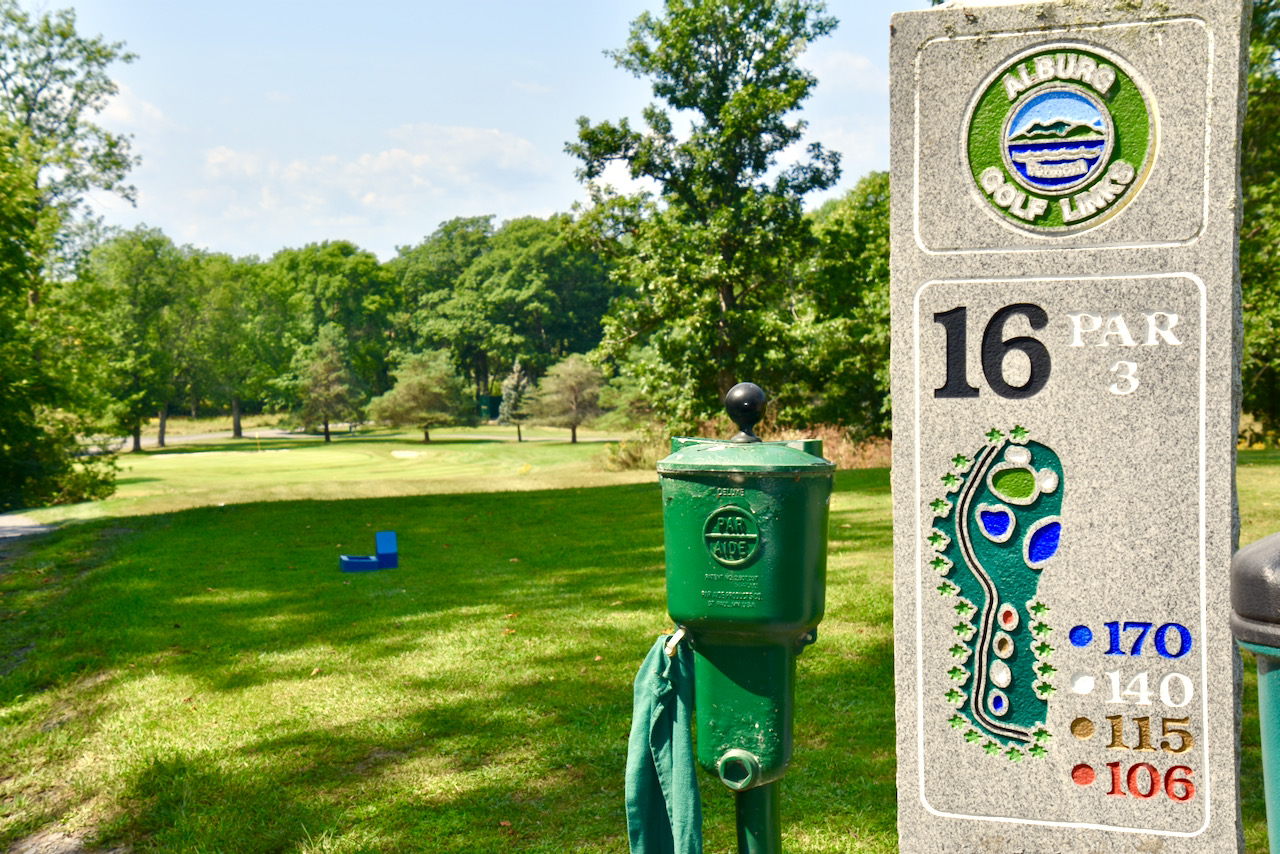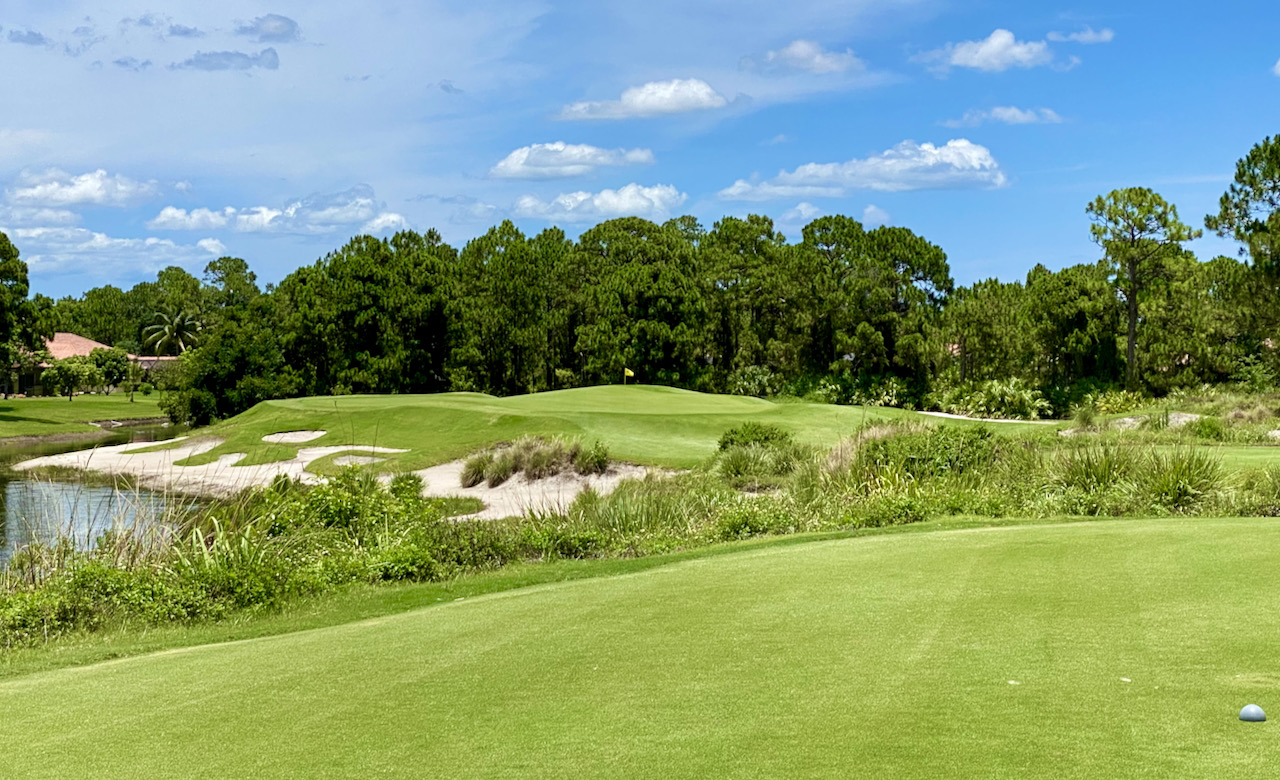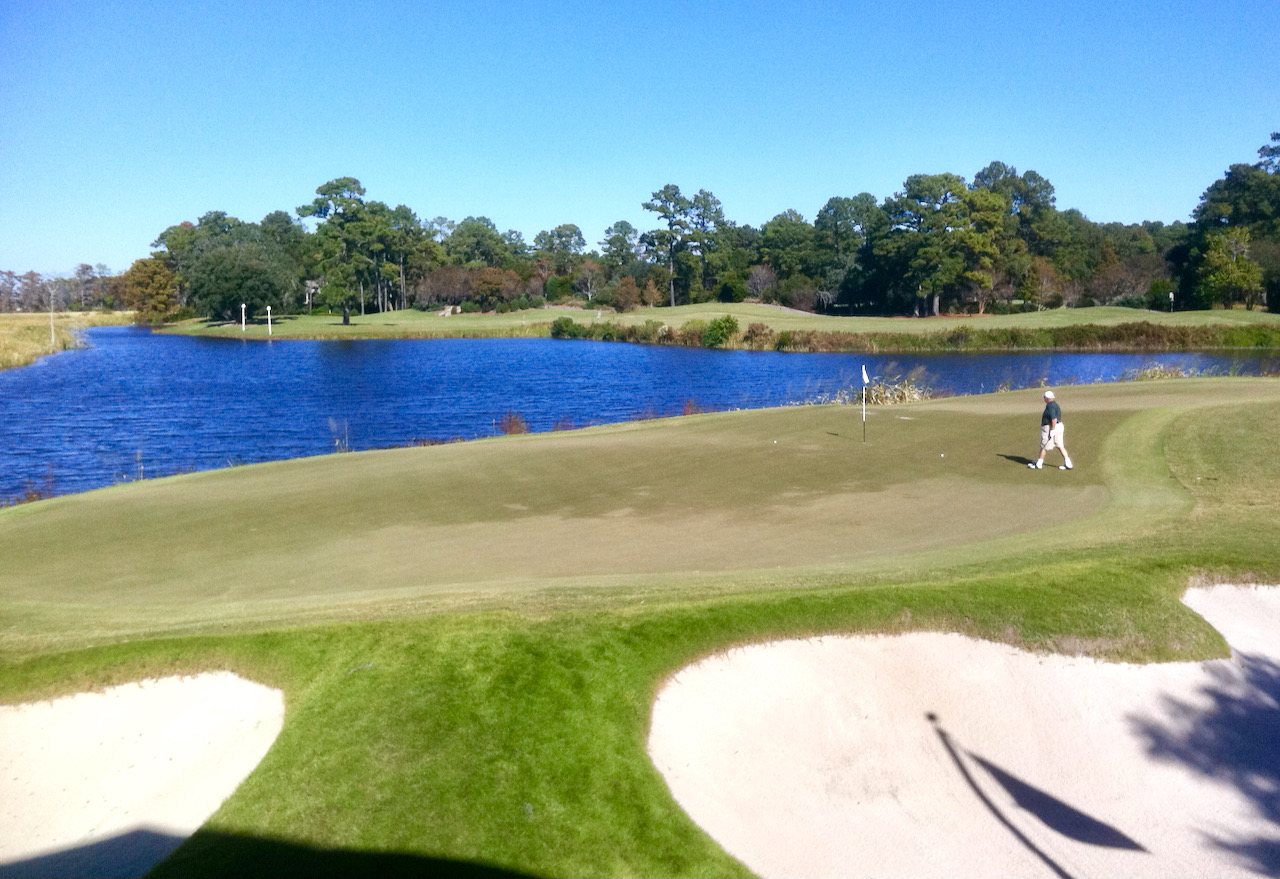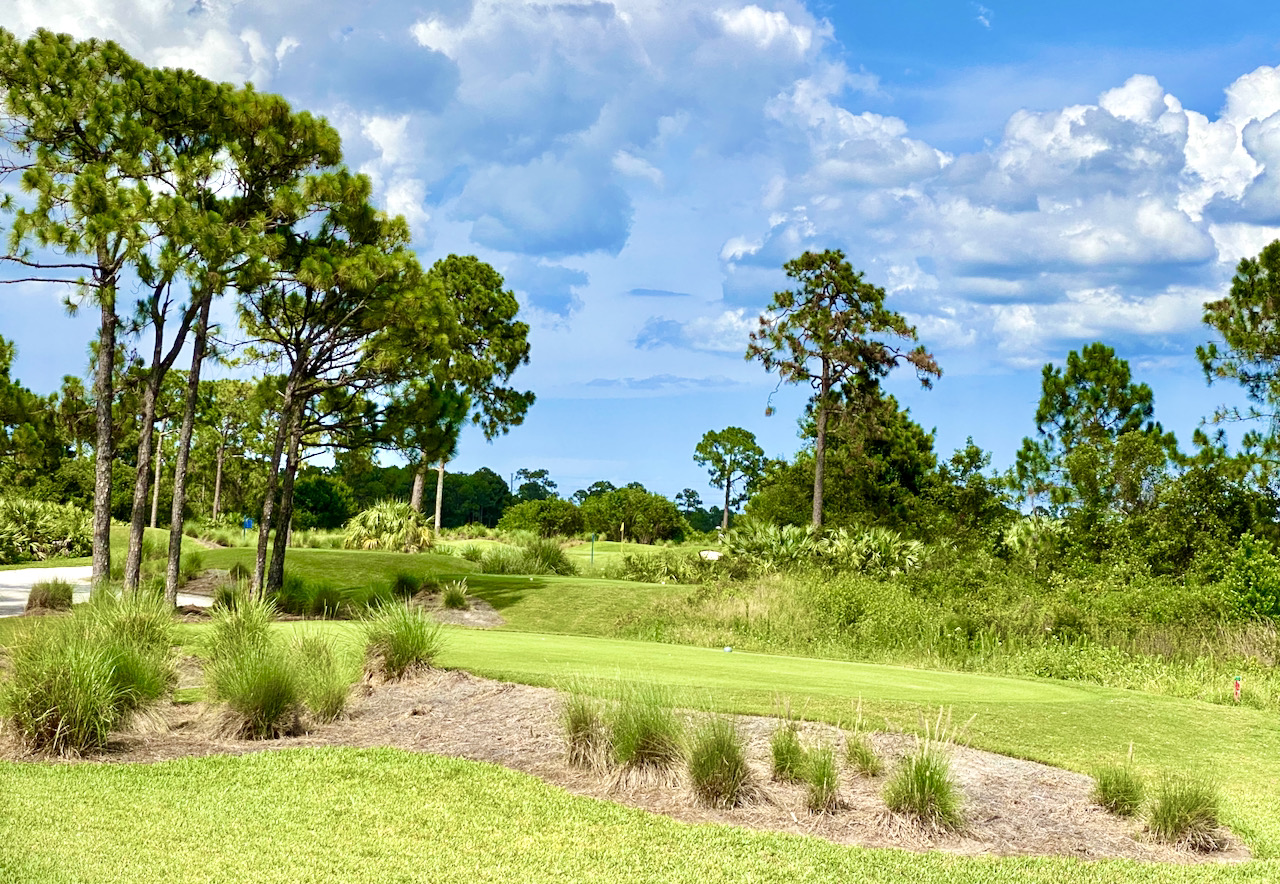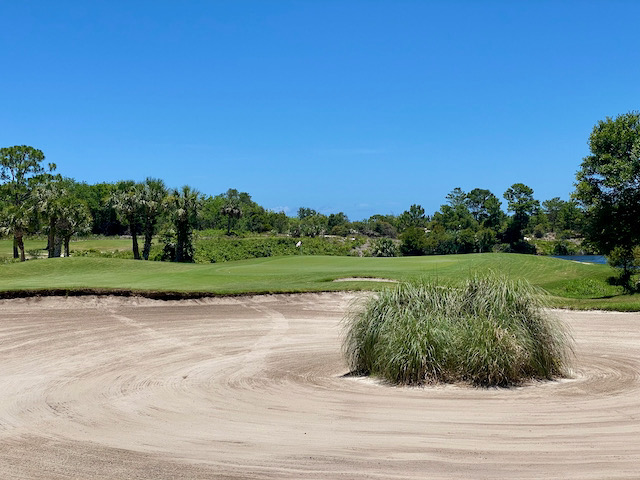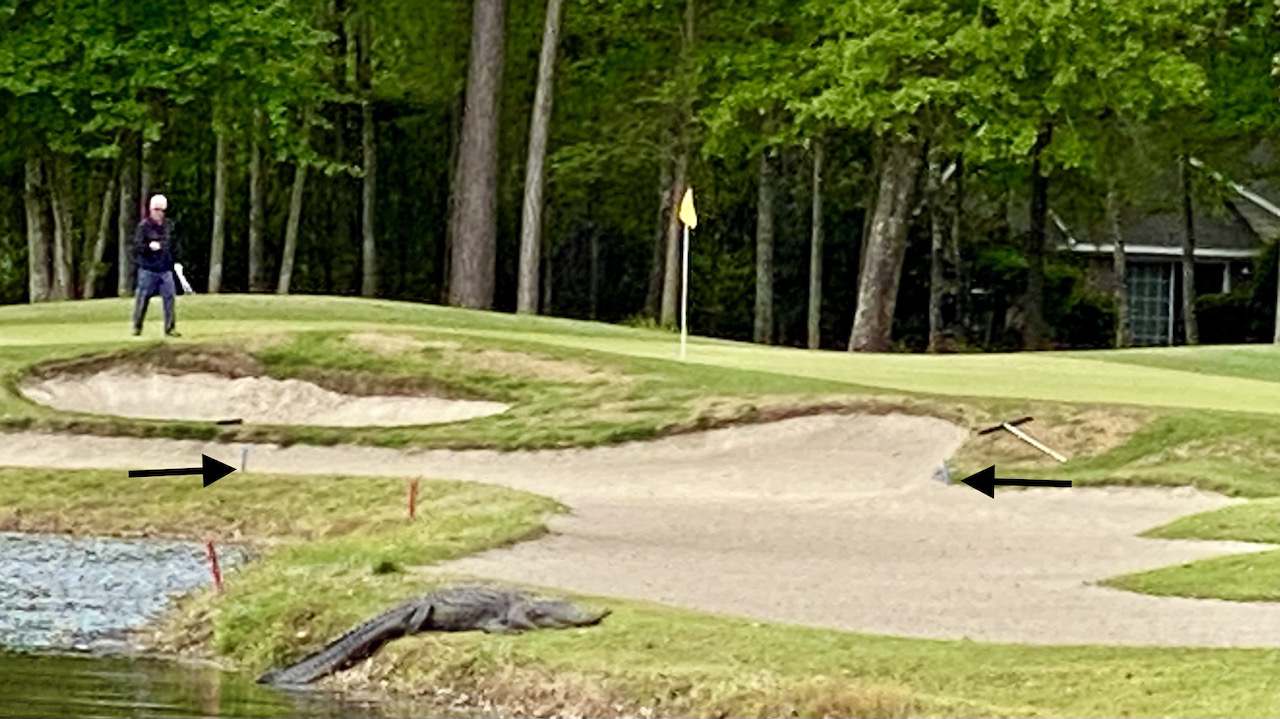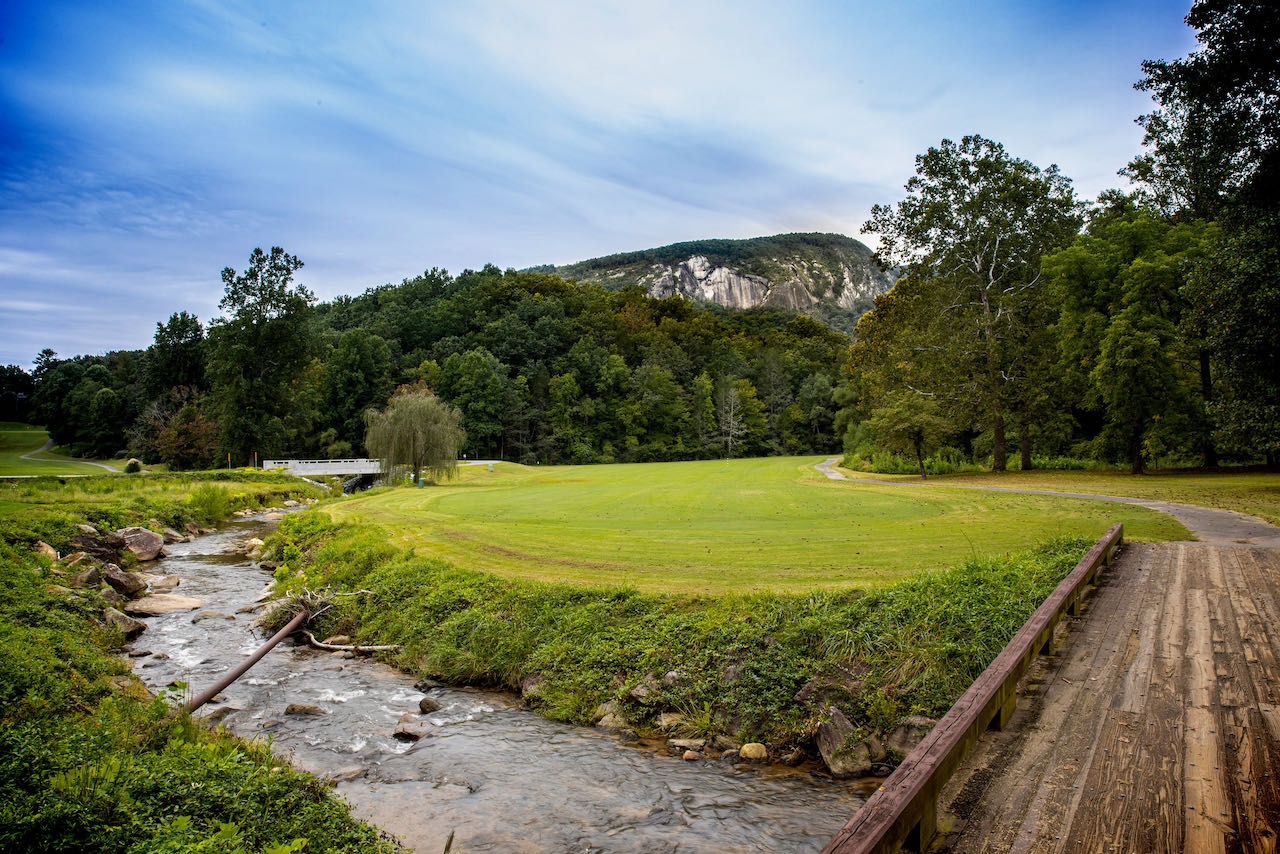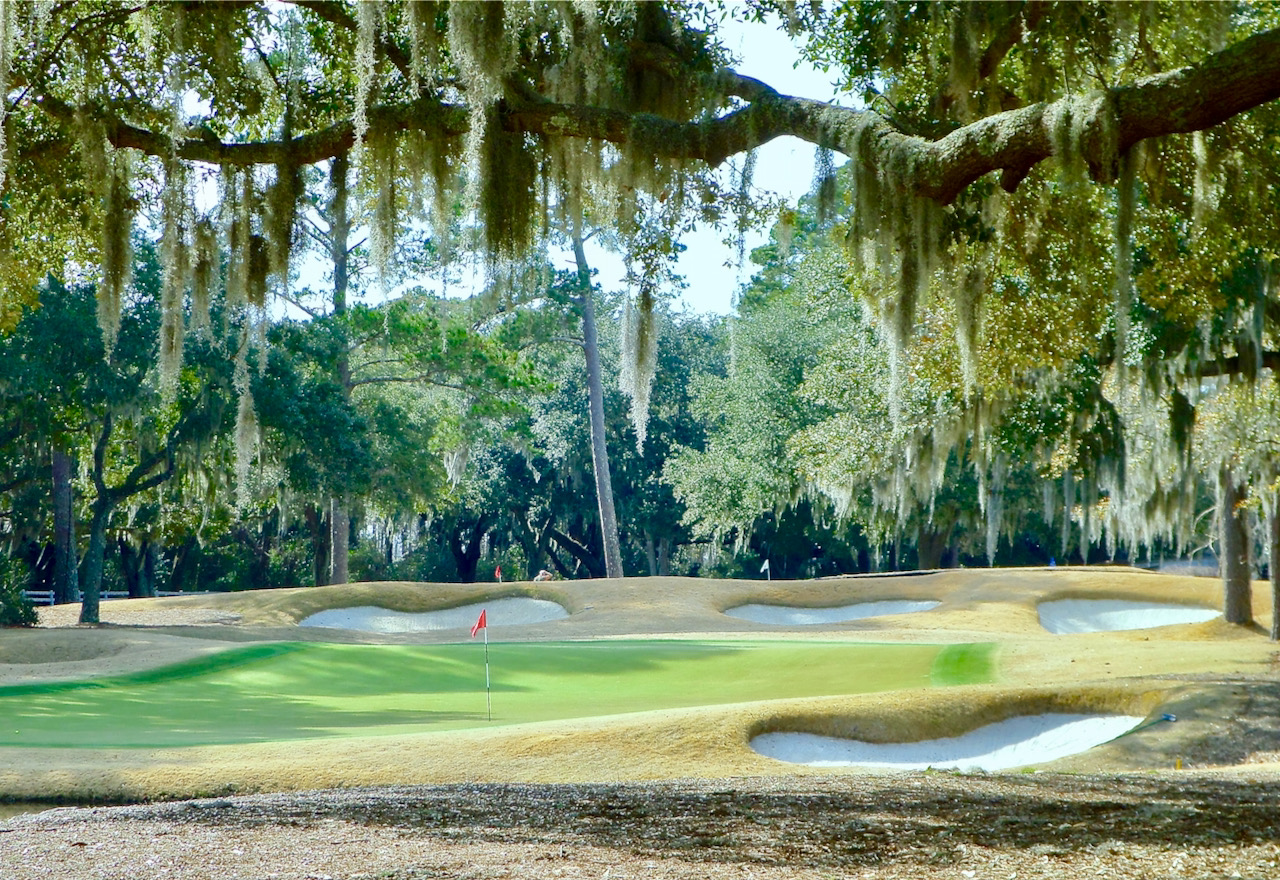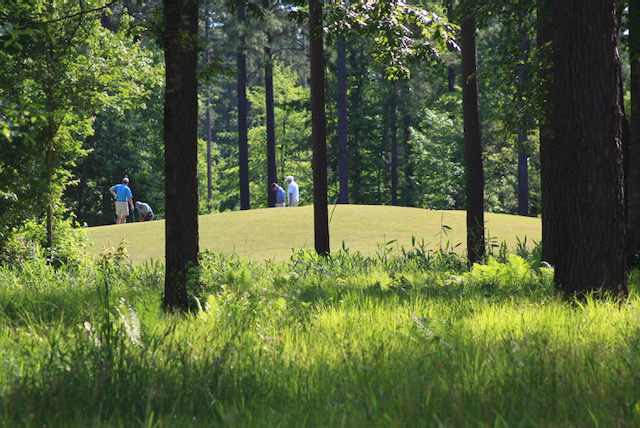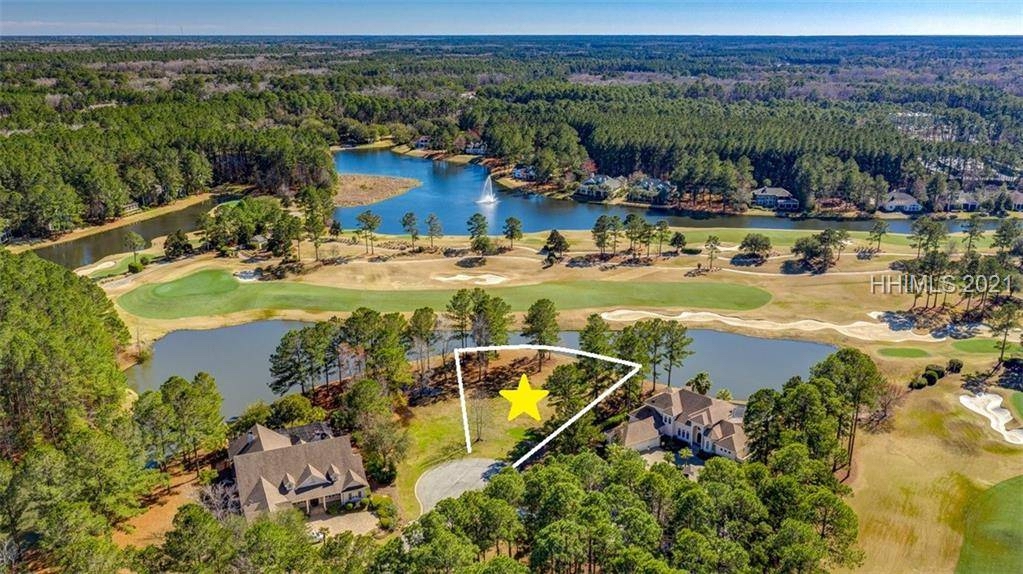I love those Direct TV ads that turn a guy depressed at the size of his cable bill into a hang glider who, through a series of causes and effects, gets his poor old father punched in the gut over a can of soup. It gave me an idea for a script for Home On The Course’s first advertisement. Unfortunately, we don’t have the budget to put it on cable television or Direct TV so you will have to imagine it.
[Husband and wife sitting at a kitchen table]
Wife: Honey, I went to that Golf Community Reviews.com web site. If we fill out the Golf Home Questionnaire, the editor of the site says he’ll find golf communities that match our requirements.
Husband: But I don’t like the idea of buying a house with the help of a guy we found on the Internet. We can do the research and find a golf home on our own.
[Authoritative Voiceover of Narrator]
When you do your own research to find a golf community, it takes you three years to decide if you want to live in the mountains, near the ocean or on a lake.
When you take three years to decide where you want to live, it takes you another three years to visit all the places you think you could live.
When you take six years to find a place that might suit you, prices have risen 45% and you can’t afford the home you once could. Not even close.
When you can’t afford the home you once could, you wind up living in a shack and playing golf at a local cow pasture with no rough except on the greens.
Don’t wind up living in a shack and playing golf at a local cow pasture with rough greens. Click here for our Golf Home Questionnaire, and we will match your requirements to the many find golf
communities that you can afford…now.







